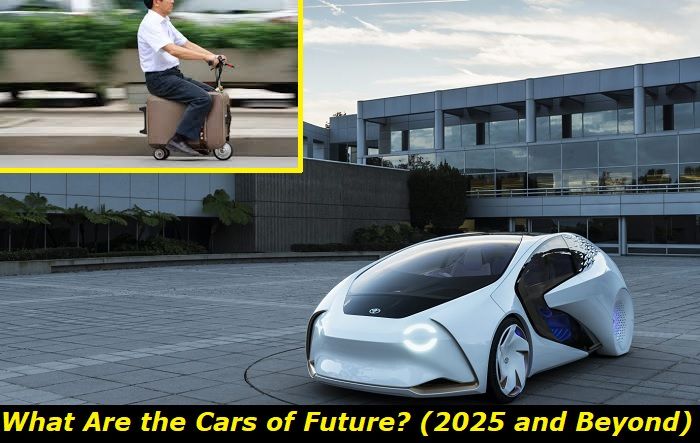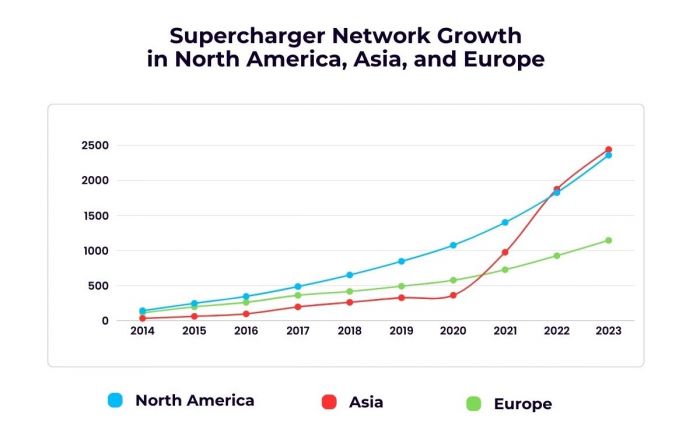Subaru company is one of the most beloved brands in the American market. Its cars sell like hot cakes and its engines are considered to be masterpieces of engineering design. This is the only company that promotes boxer engine design and successfully sells such engines for a long time.
In this article, I will make a list of Subaru engines that I've ever reviewed in this blog. Also, each engine will have a link, so you can enhance your knowledge about it by reading the full article.
.jpg)
I will focus on the common problems, main specs, and also on my personal opinion about the engine. Some of them I personally owned and know perfectly while some others I had to research through talking to experts and dealership mechanics.
Subaru 2.5L EJ25 engine
The EJ25 engine family is huge and it contains several modifications of the 2.5L boxer engine. The series has been in production since 1988 while the first 2.5L engine appeared around 1994. Some modifications of this engine are still in production with just some minor changes.
While different modifications will still be called EJ25, the engine from 1994 will be quite different from the engine of 2021. It's still a boxer engine with an aluminum block, simple design, 2.5 liters of displacement, DOHC construction, the belt that drives the camshafts, and no hydraulic lifters. It's notorious for ticking noises.
Later versions got a turbo modification. Also, later engines have the AVCS phasers making them more efficient. There are sports-ready modifications with an STI index that can produce insane power for such a displacement.
Key features and my opinion:
- Production years:1994-2024
- Average lifespan of EJ25:150,000-190,000 miles
- Fuel supply type:port injection
- Power range:155-310 hp
- Fuel efficiency:average
- Engine block material:aluminum
- Engine reliability score:medium
- The most common problems:extremely afraid of overheating, oil consumption, numerous leaks.
Subaru FB25D engine
Although this engine also has 2.5 liters of displacement and is also a boxer engine, it's completely different from the EJ-series powerplant reviewed before. This is the FB25D engine first shown in 2018.
The engine is pretty simple in its construction. What I can see is the lack of hydraulic lifters. Also, it has AVCS phasers on both camshafts. There is no turbo for the FB25D and the injection is direct.
One of the most important things about the FB25D engine is that it's way more economical than older boxer engines by Subaru. It's much more efficient and it still has a pretty good durability. So, the newer engine, in this case, is much better than the older one which is a not-so-common thing these days.
Key features and my opinion:
- Production years:2018-now
- Average lifespan of FB25D:170,000-190,000 miles
- Fuel supply type:direct injection
- Power range:182 hp
- Fuel efficiency:good
- Engine block material:aluminum
- Engine reliability score:medium
- The most common problems:carbon buildup on intake valves, oil consumption due to ring wear, oil leaks, no lifters.
Subaru FB20D engine
The 2.0L boxer engine by Subaru is the FB20D powerplant. It was first introduced in 2016 and has mainly been powering the XV and Impreza models and also the Subaru Crosstrek. The engine is pretty powerful and fun to drive but there are questions about its longevity.
Also, Subaru has a hybrid modification of this engine for some markets.
This is the boxer engine, it has chain-driven timing systems, both camshafts have Subaru AVCS phasers. There are no hydraulic lifters, so you will need to adjust the valves manually. This engine is not turbocharged.
Still, it shows good power and torque. The engine is praised for its good fuel economy. But other than that, there is nothing special I would want to tell you about it.
Key features and my opinion:
- Production years:2016-now
- Average lifespan of FB20D:150,000-180,000 miles
- Fuel supply type:direct injection
- Power range:150-156 hp
- Fuel efficiency:good
- Engine block material:aluminum
- Engine reliability score:medium
- The most common problems:carbon buildup on intake valves, oil consumption due to ring wear, oil leaks, no lifters, weak phasers and chain tensioner.
Subaru 2.4L FA24F engine
Among new-generation Subaru engines the FA24F model is a gem. This is the 2.4L boxer turbocharged engine that is concentrated on performance and power. It has the Garrett twin-scroll turbocharger to achieve its goals.
The engine powers the Ascent and also the Levorg, Legacy, Outback, and other Subaru models for different markets, including the performance-oriented WRX STI. The manufacturer invested a lot of time and effort in its development, so the engine doesn't seem to be bad under any conditions.
It's not the most fuel-efficient engine in the world, so performance is its number one priority. Also, you should know that repairing these boxer engines is painful in terms of budget, parts and labor are extremely expensive due to the unusual boxer design. For almost all repair procedures, the engine will have to be taken off the vehicle.
Key features and my opinion:
- Production years:2017-now
- Average lifespan of FA24F:150,000-170,000 miles
- Fuel supply type:direct injection
- Power range:260-264 hp
- Fuel efficiency:average
- Engine block material:aluminum
- Engine reliability score:medium
- The most common problems:carbon buildup on intake valves, weak phasers, the engine is afraid of overheating, software issues.
About the authors
The CarAraC research team is composed of seasoned auto mechanics and automotive industry professionals, including individuals with advanced degrees and certifications in their field. Our team members boast prestigious credentials, reflecting their extensive knowledge and skills. These qualifications include: IMI: Institute of the Motor Industry, ASE-Certified Master Automobile Technicians; Coventry University, Graduate of MA in Automotive Journalism; Politecnico di Torino, Italy, MS Automotive Engineering; Ss. Cyril and Methodius University in Skopje, Mechanical University in Skopje; TOC Automotive College; DHA Suffa University, Department of Mechanical Engineering






Add comment